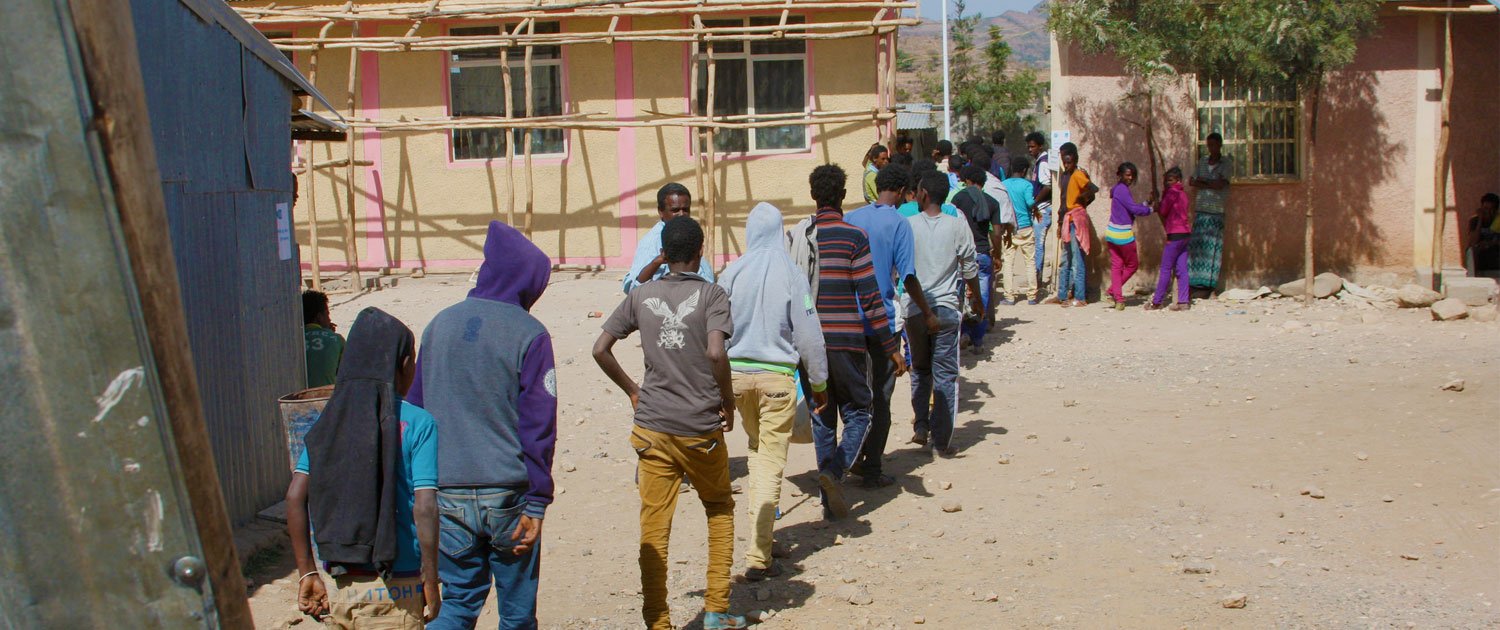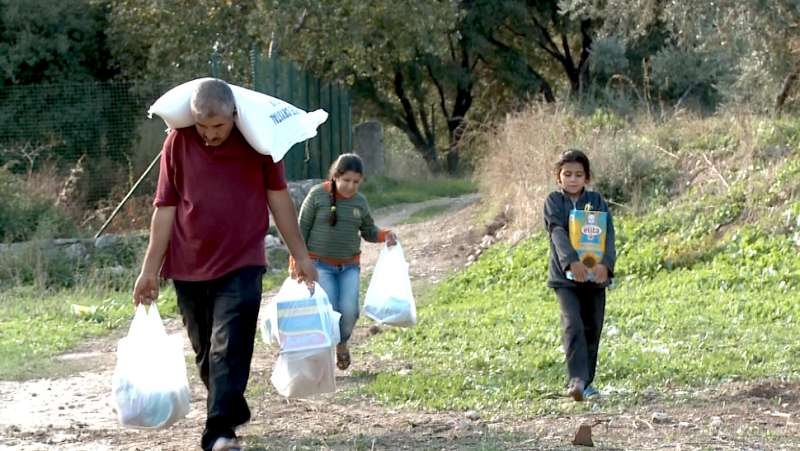Nyahok’s family fled South Sudan when she was about 10 years old and traveled northward to the Kule Refugee Camp in Ethiopia. Nyahok wants to be a pilot, but, because her camp lacks resources, her education will end after ninth grade. She is among the staggering 78% of refugee children who do not have access to secondary education.
Her story, released as part of a report by the United Nations High Commission on Refugees (UNHCR) in advance of Monday’s U.N. Summit on Refugees and Migrants, is just one of many examples of children missing out on education because of the refugee crisis.
Read more: The Key to Educating Refugees: Send Them to University
The UNHCR report brings to light the serious challenges facing both refugee children and the host countries that are sheltering them in camps.
Half of refugee children go to primary school, 22% attend secondary school, and only one in 100 go on to college or university.

And despite the gravity of this problem, only 1.4% of humanitarian aid went to education in 2015.
This problem is most intense in developing countries. Seven of these countries – Chad, Democratic Republic of the Congo, Ethiopia, Kenya, Lebanon, Pakistan and Turkey – house more than half of the refugee children who lack access to education.
The long-term impact of children missing school while going through a crisis often lasts a lifetime: Education not only provides critical skills and learning to advance in life, gain employment, and support a family, but it also provides emotional stability and regularity at a time when nothing else seems normal. The intellectual and emotional benefit of being in school as a child is indisputable.
Read more: Education + Conflict zones = Millions of Kids out of School
But without a major replenishment of longer-term funding for refugee children, the problem will only get worse.
Despite the fact that the average length of exile for refugees from their home country is 20 years, the majority of educational funding for refugees is taken from emergency funds.

Some countries, such as Cameroon, Niger, and South Sudan, have been able to integrate refugee children into longer-term education plans. In Lebanon, schools have put into place “doubt-shift” systems that help refugee children assimilate to the host culture. But 3.7 million refugee children are still without education.
Read more: Lebanon Is Helping to Keep Syria’s Kids in School – for Free!
New sources of emergency schooling relief for refugees have emerged. Recently, over 30 civil society organizations, including Global Citizen, signed on to a global fund for emergency educational services called Education Cannot Wait. This summer, the United States House of Representatives passed the Education for All Act, which aims to close the funding gap for universal primary and secondary education around the world.
Put together, the world’s population of uneducated refugee children is roughly equivalent to the population of Puerto Rico. As long as violent conflict exists, this number will continue to rise. The time is now for a concerted effort by the world’s leaders to address this problem head on.